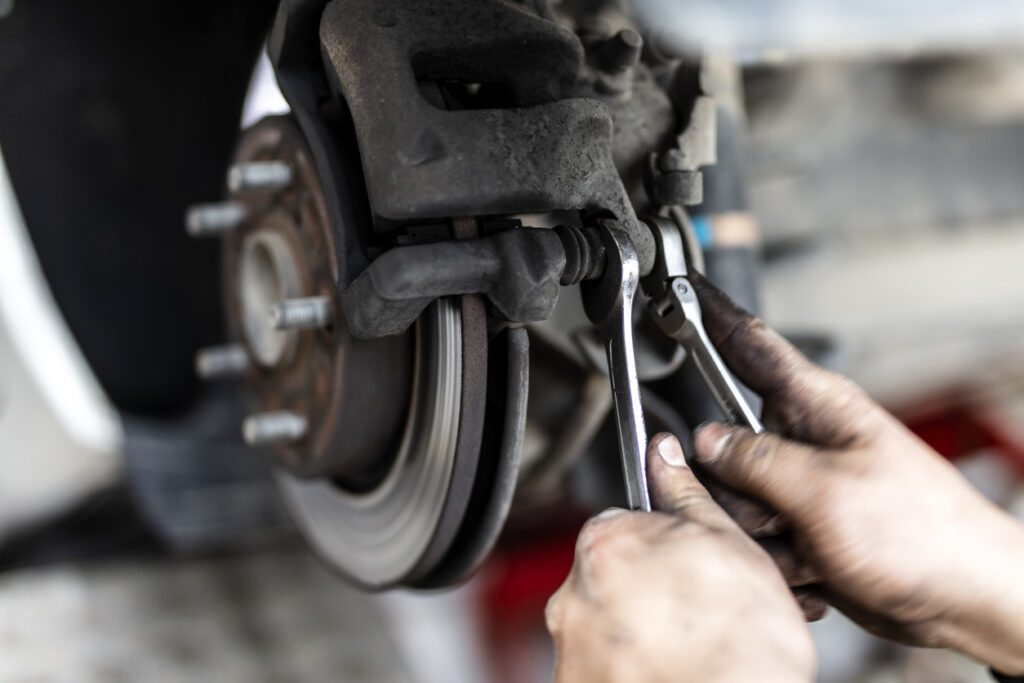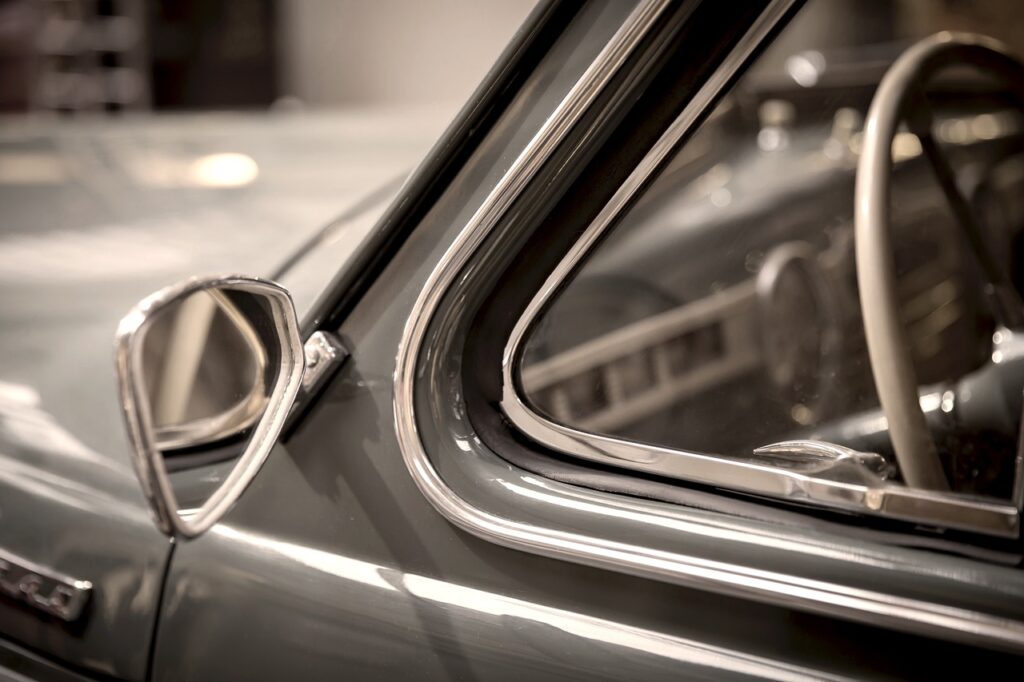Keeping your ride’s braking system in good working order, the full brake job is one of the most crucial. It protects you on the road and also extends the longevity of your car at the same time. Whether you are a seasoned do-it-yourselfer or just do occasional repairs, it makes sense to know what tools are needed for a complete brake job. Here’s a list of mechanics tools to help you do the job right!
Car Jack and Jack Stands
You can’t start fixing your brakes until you’ve lifted the car. A car jack is necessary to lift the vehicle off the ground, but it’s important to use it in combination with jack stands for safety. The jack raises the car and the jack stands are a pair of adjustable support used to support the raised car and holds it in that position from underneath; the jack stands do the work when you remove your tire, repair your tire or any other repair job under the car, in the end they prevent the vehicle from being fallen while gives you enough workspace. Before raising the vehicle, always make sure it is placed on a flat, hard surface.
Lug Wrench or Impact Gun
You need a lug wrench or an impact gun to remove the lug nuts that secure the wheels to the vehicle. A lug wrench is going to be the most likely tool for the DIY mechanic’s belt; however, having an impact gun can speed up the process (if you have such access) so that you can remove the tires with little fight.
C-Clamp or Brake Caliper Tool
With the wheels off, you need to attend to the brake calipers. To push the caliper pistons in would require that a C-clamp or brake caliper tool be used. The C-clamp enables you to push the caliper piston back into its housing so you can fit new brake pads. With the brake caliper tool, it becomes an easier and more accurate work, and the advantages become even larger if you have complicated systems like disc brakes.
Socket Set and Wrenches
You’ll need a few different socket sets and wrenches to loosen and remove different bolts and screws securing the brake components. A quality mechanics tool set with a wide assortment of sizes is important, so you can get the right tool for the fasteners you have to loosen or tighten. Wrenches may also be useful for any smaller bolts or inaccessible spots. Remember that brake systems frequently specify special torque values, so you’re going to want to have a torque wrench to make sure you get everything tightened properly.
Brake Bleeder Kit
If you are replacing the brake pads or if you’re working on the brake lines, then you’ll need to bleed the brakes to remove air from the brake fluid. A brake bleeder kit and compressed air are a time-proven way to get the air out of the lines with no need a second person back at the brake pedal. Some modern vehicles are self-bleeding, but old-fashioned bleeding tools are still required on many models.
Pry Bar
Some pieces on the brake system can get a little frozen sometimes, especially if the car has been on the road for a lot of years. Sometimes only a pry bar will free up a stubborn part, like a brake rotor or caliper bracket. This one has heft to it and lets you get a good grip where you need it to remove parts without upsetting the apple cart.
Brake Cleaner
Once you’ve removed the old brake pads and rotors, be sure to clean your brake components before installing the new ones. Brake cleaner is a special chemical solution that is made to clean any dust, grime, grease, and dirty brake fluid from the outside and inside parts of your brake. By using brake cleaner on the rotors, pads, and other parts, you can prevent contaminants from affecting the way the motorcycle brakes.
Rotor Puller
The rotors may stick to the wheel hub sometimes. A rotor puller may be applied to stuck rotors to remove them safely, which prevents damage to the adjacent components. This is great for vehicles with high mileage and boneyard vehicles with rusty areas, such as the rotors.
New Brake Pads and Rotors
It’s not a “tool,” but new pads and rotors are part of the full brake job as well. You want to select high-quality replacement parts that match those standards. Make sure you check the wear on your existing brake parts before you start, so you know what needs replacing.
Brake Fluid
And the last, but not the least, is brake fluid, which is important to the car as brakes serve a very crucial role. If you’re swapping out the pads or rotors, you may also need to add or replace brake fluid. Bleeding brakes with the fluid is important to ensure your brakes perform the way they should; check the manual for your vehicle for the correct type.
Conclusion
Doing a complete brake job requires many mechanical tools to get the job done correctly. In lifting the car to remove the old brakes and install additional parts, we’ll cover all the tools needed to make the project go smoother and get you back behind the wheel. If you don’t feel comfortable handling the brake job by yourself, there’s no shame in asking for some help from a pro. Yet with the right equipment and a little know-how, you can take on this important maintenance task yourself.






